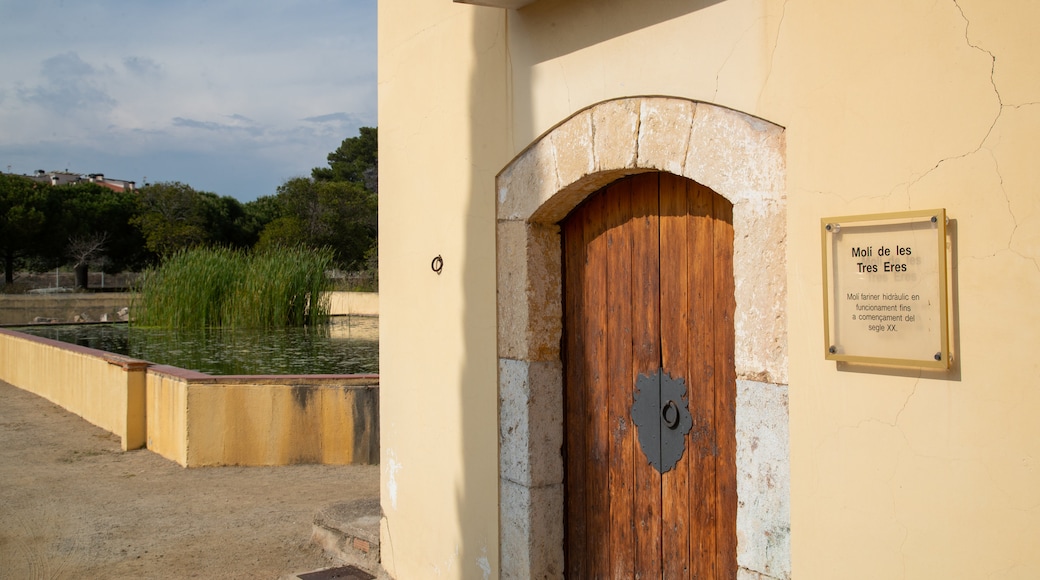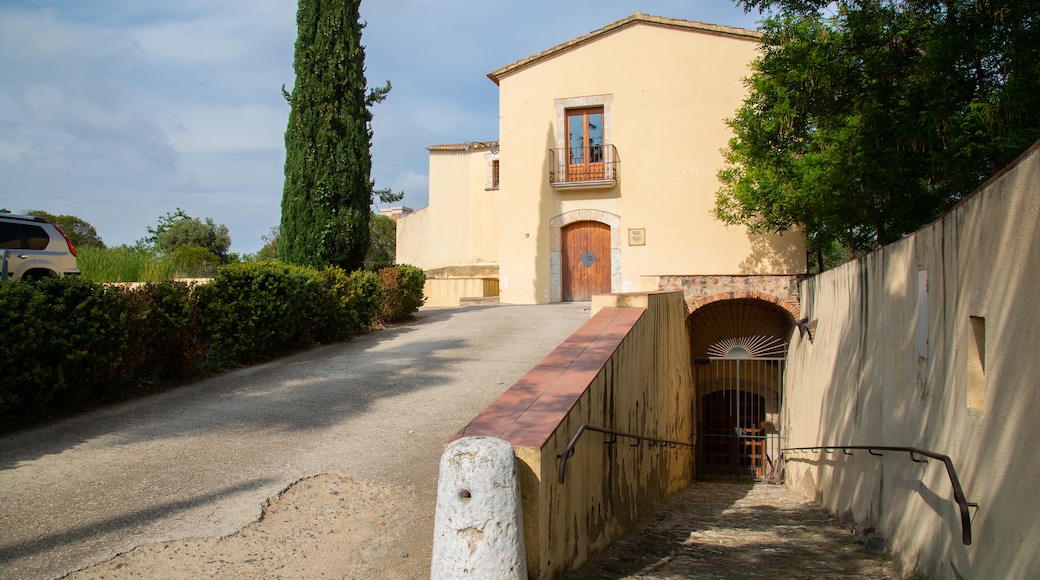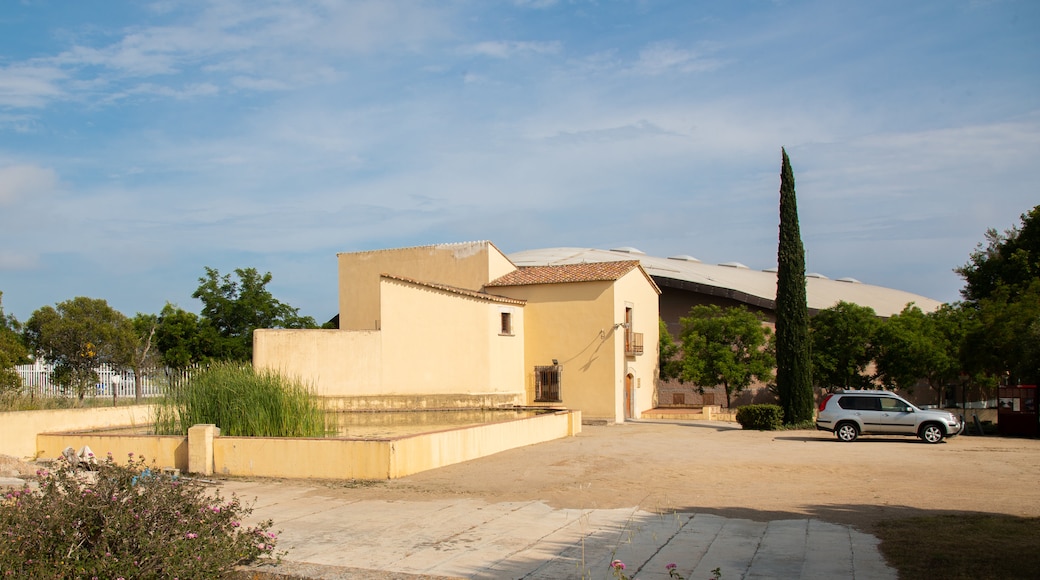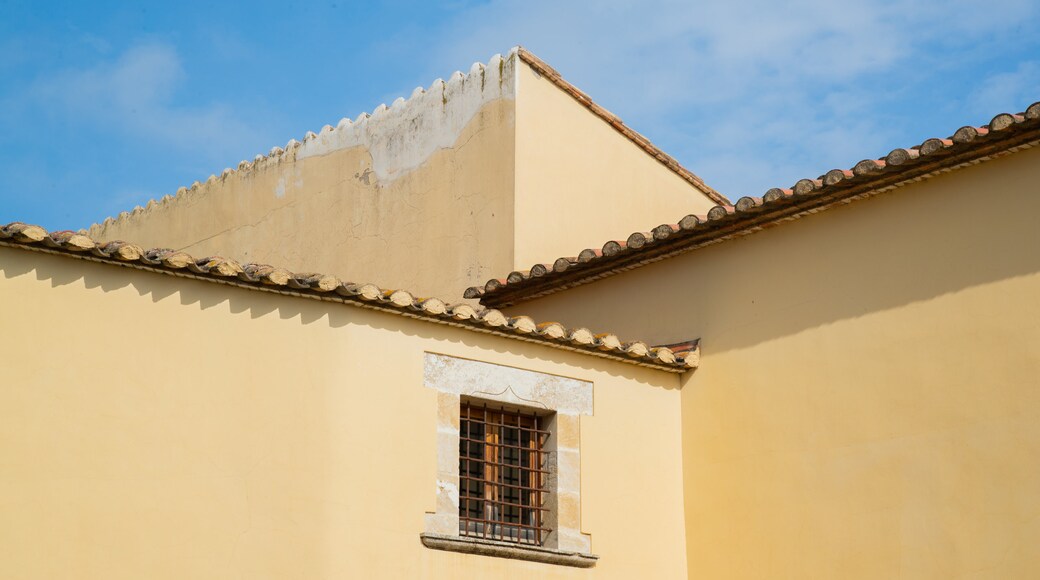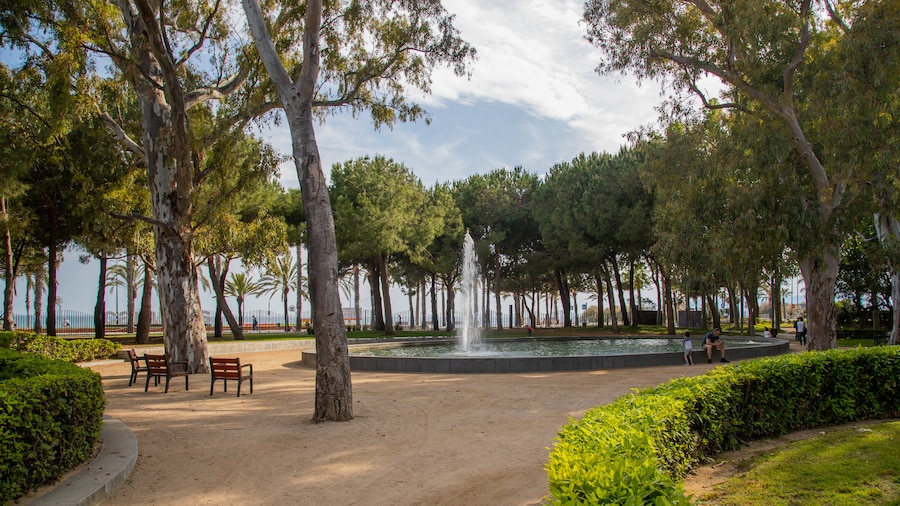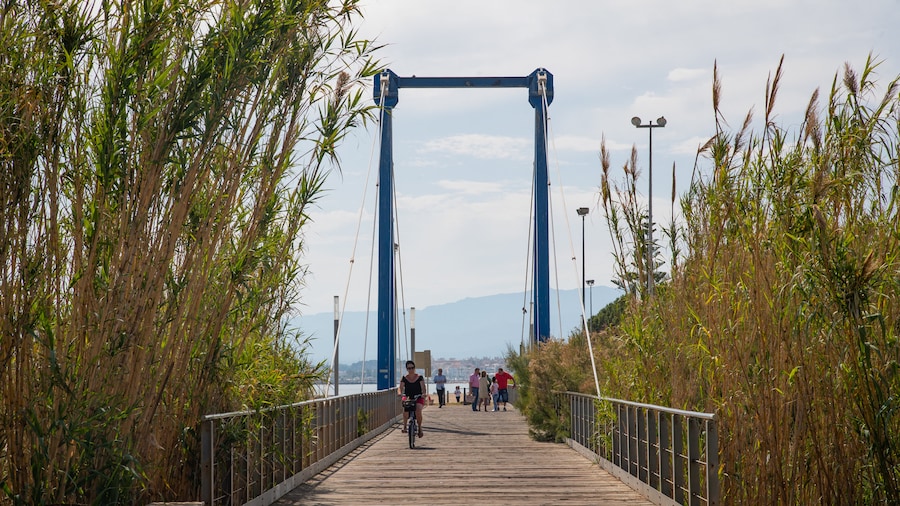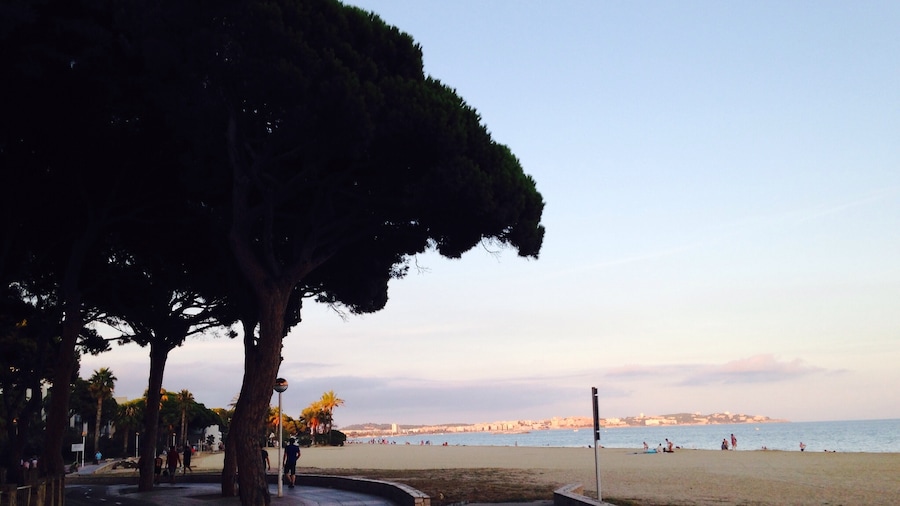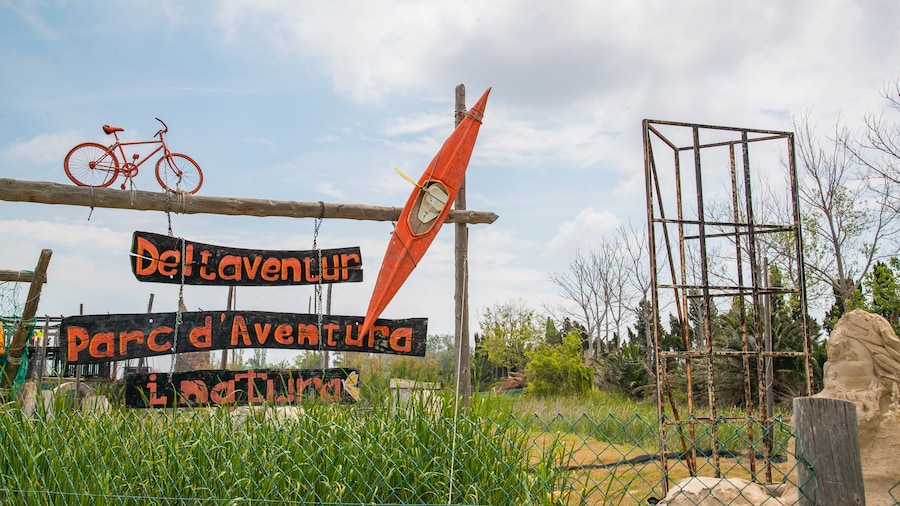Housed in a somewhat unassuming pale yellow building, the History Museum of Cambrils Mill of Three Eras is notable both for the history of its building and the impressive collection of ancient artifacts it holds inside. Bringing together objects from prehistory to the early Middle Ages, the collection demonstrates the thriving early life of Cambrils as a stop on the Roman Via Augusta. Take a guided tour or meander through the collection on your own, absorbing the history of the place.
Start upstairs, in the main Cambrils: The Originsexhibit, which displays splendid household items found during the excavation of the Villa Romana de la Llosa on the western side of town. Notice a magnificent 1st-century bronze chandelier depicting a young Bacchus, the Roman god of wine. Imagine how a similarly old mask-decorated lamp would look when lit up. Linger among the utensils, testaments to the day-to-day life of Cambrils residents almost 2,000 years ago.
Go to the old mill room in the basement, where a guide explains the Moorish origins of the flour-milling industry in early Catalonia. Examine the milling machinery that served one of the principal industries of Cambrils until the late 19th century. It was later used for grinding sulfur. Watch as the old mill roars to life during the daily tour and the storied past of the town seems to hang in the air.
The History Museum of Cambrils is in the northern part of town near the Riera d’Alforja riverbed. This site is next to the Town Hall and a 7-minute walk from the main train station. Drive from the city center in 5 minutes or walk in 15. In July and August, the museum is open several hours every day except Monday. Tuesday through Saturday, the museum reopens in the evening. The rest of the year, the site is open only on Saturday, from mid-morning to evening with a break in the afternoon, and several hours midday Sundays. Flour mill demonstrations and guided tours occur regularly throughout the day.
